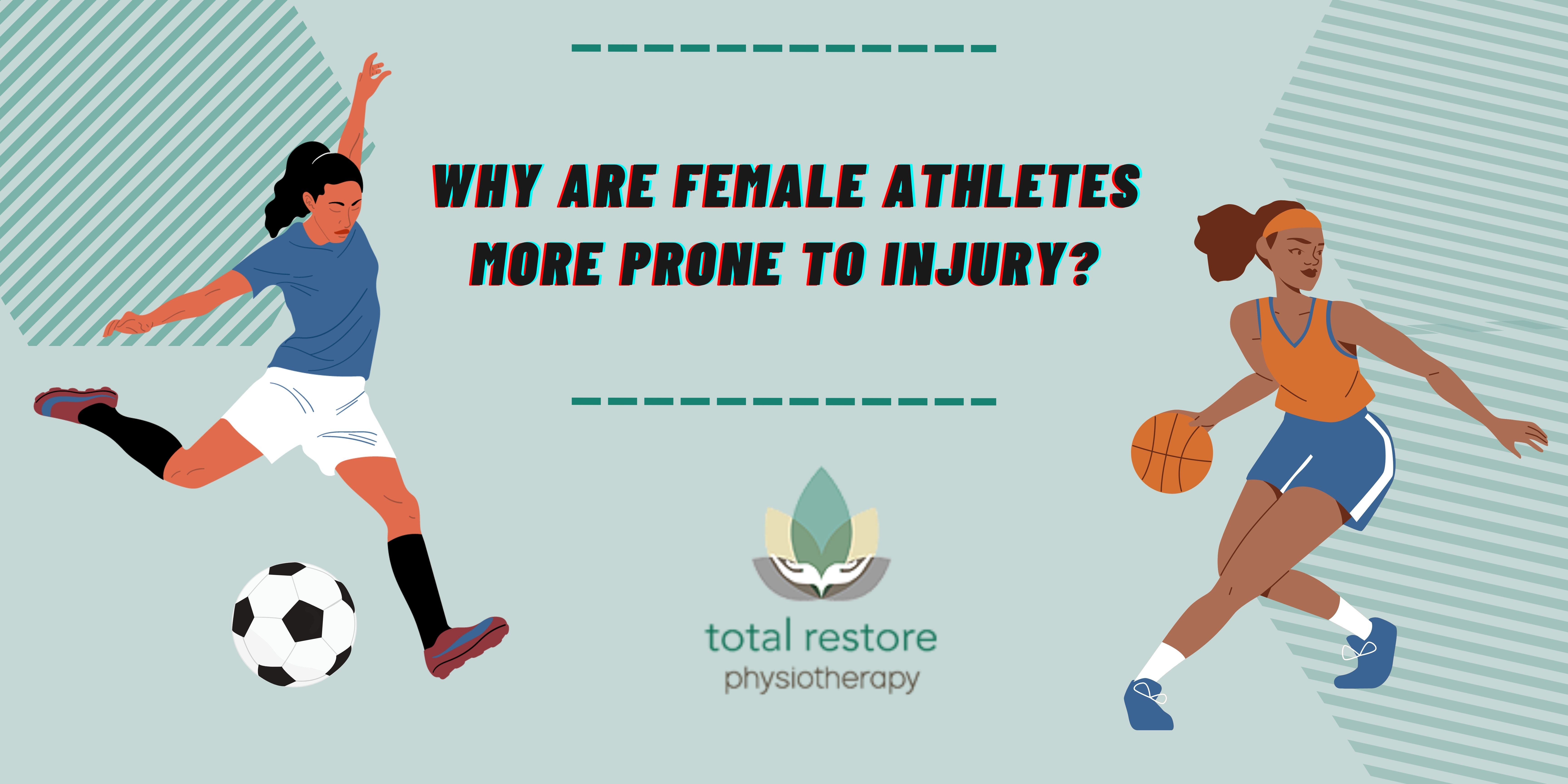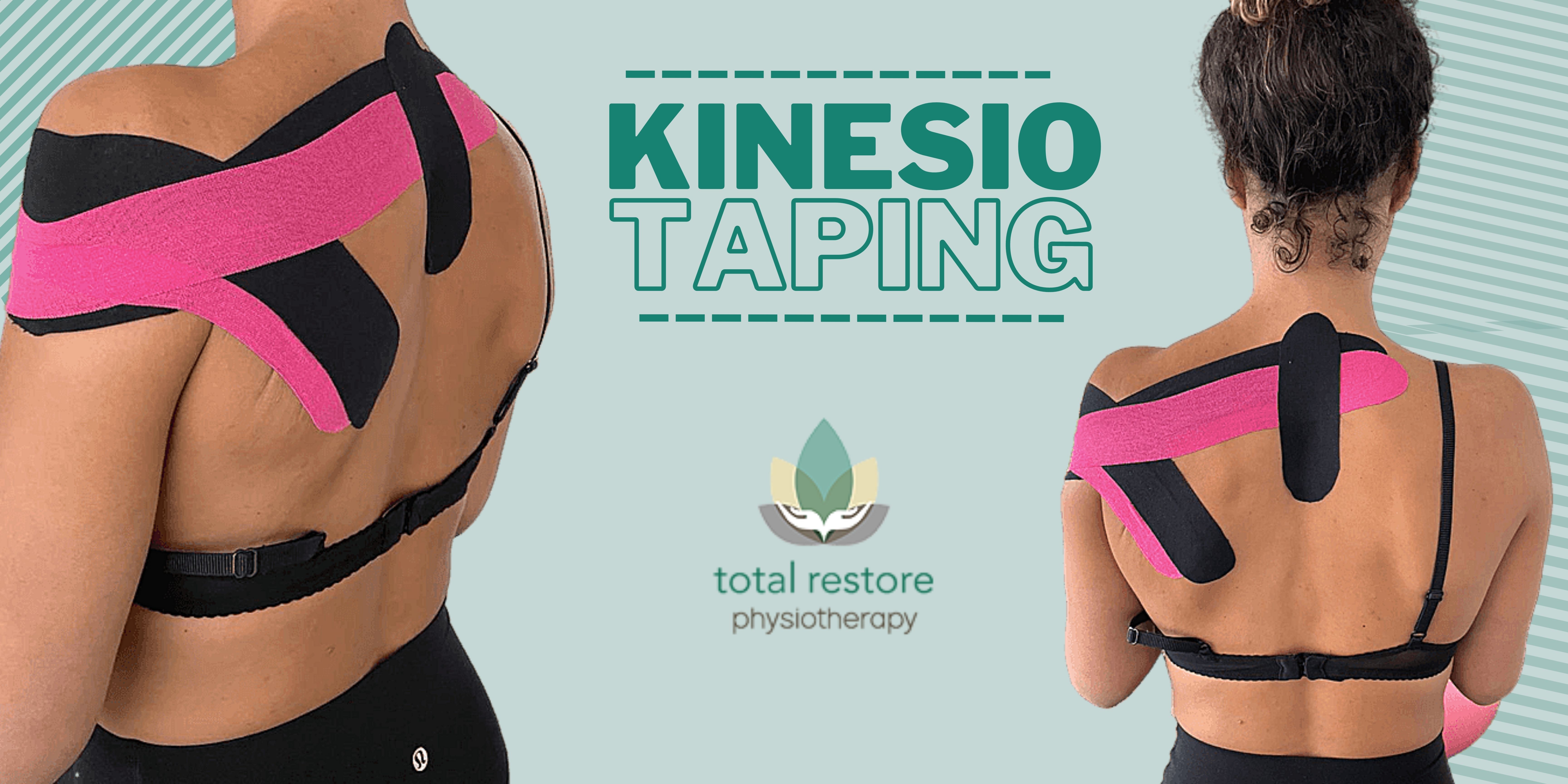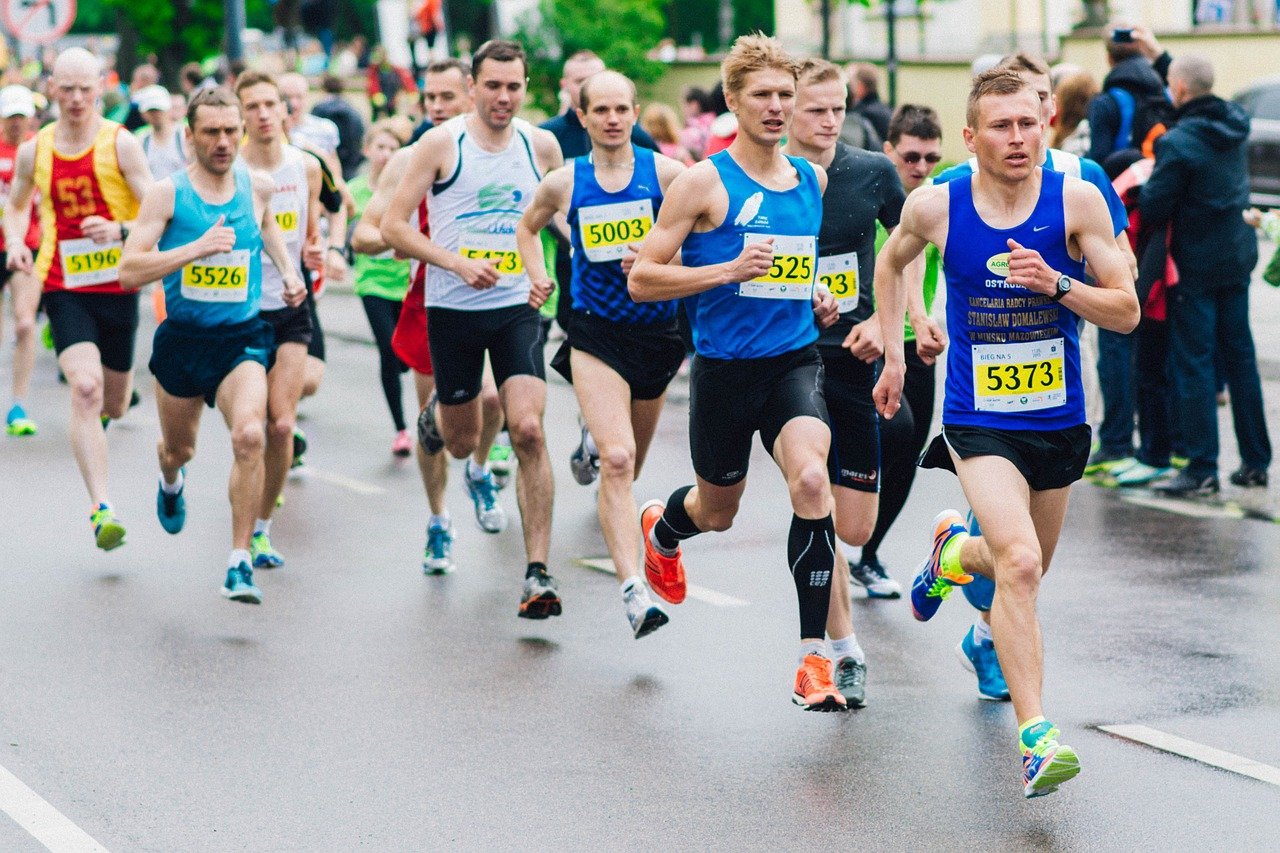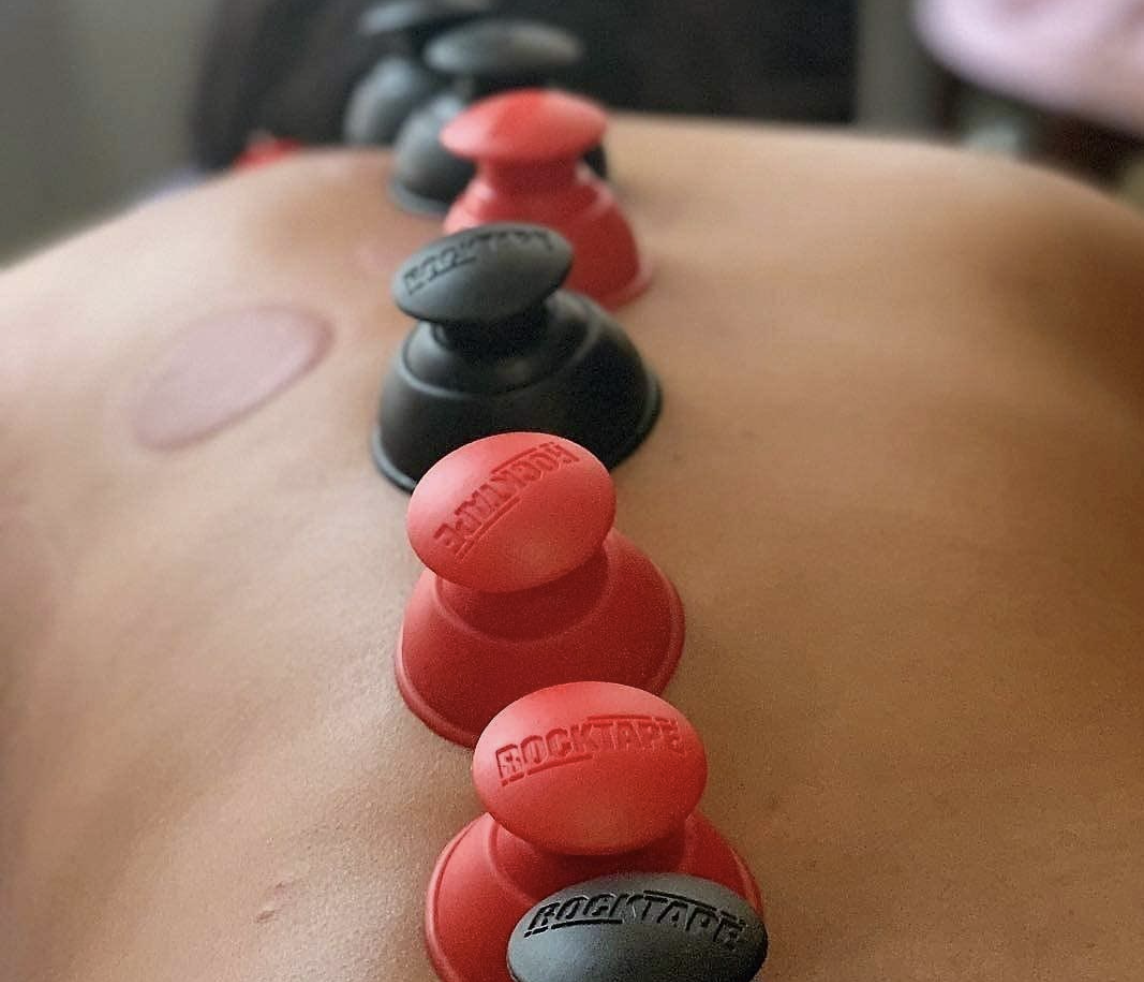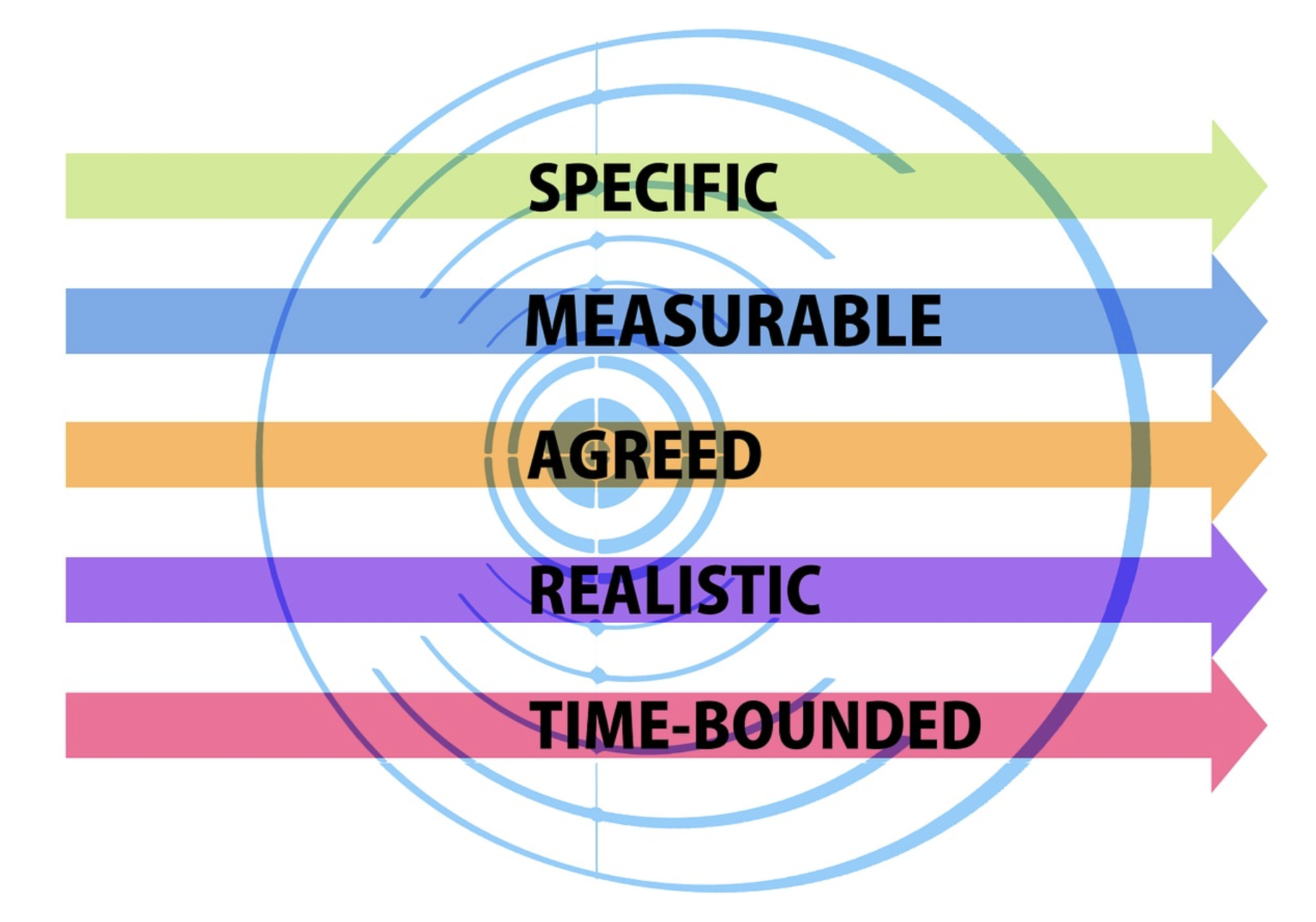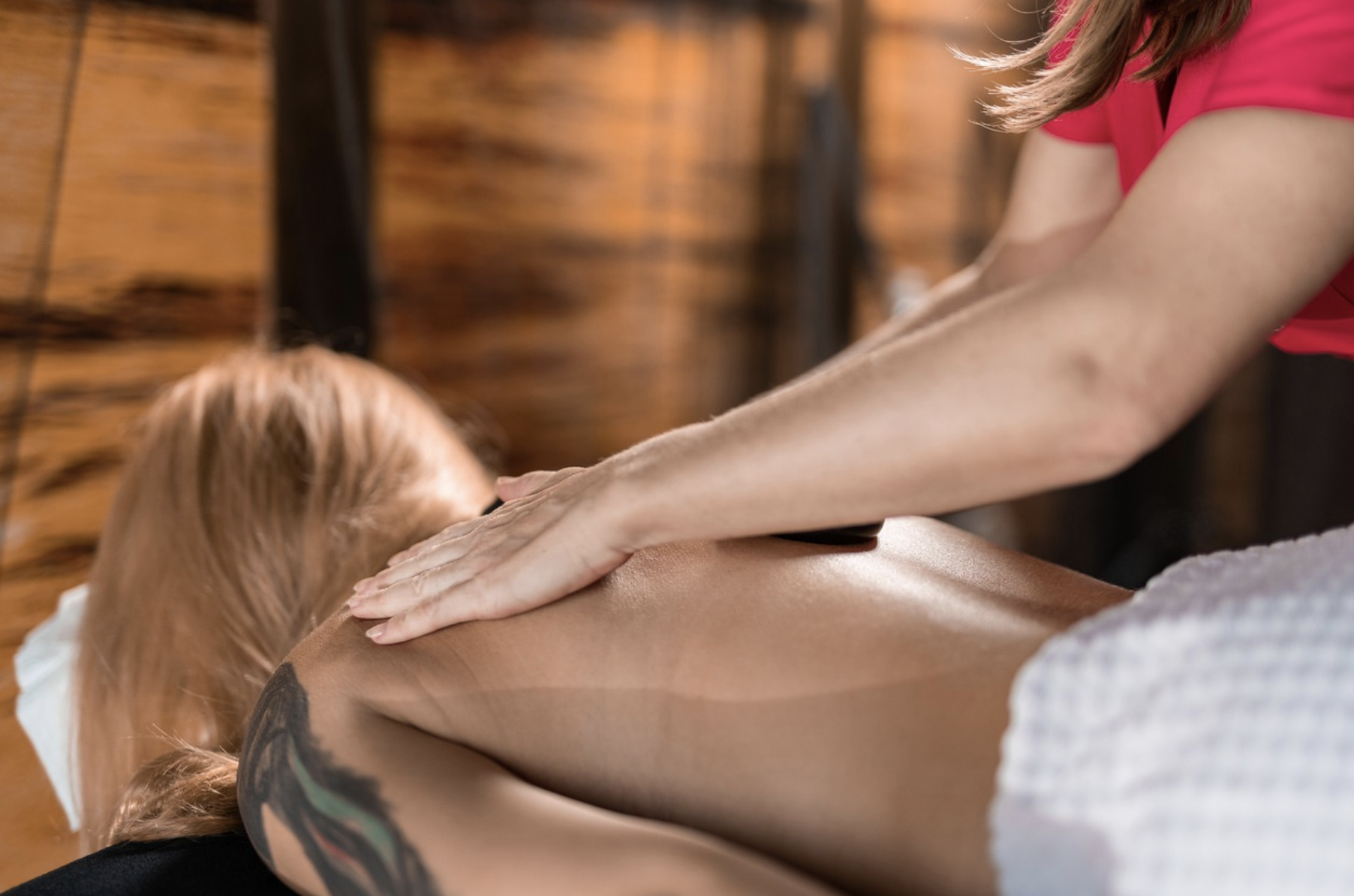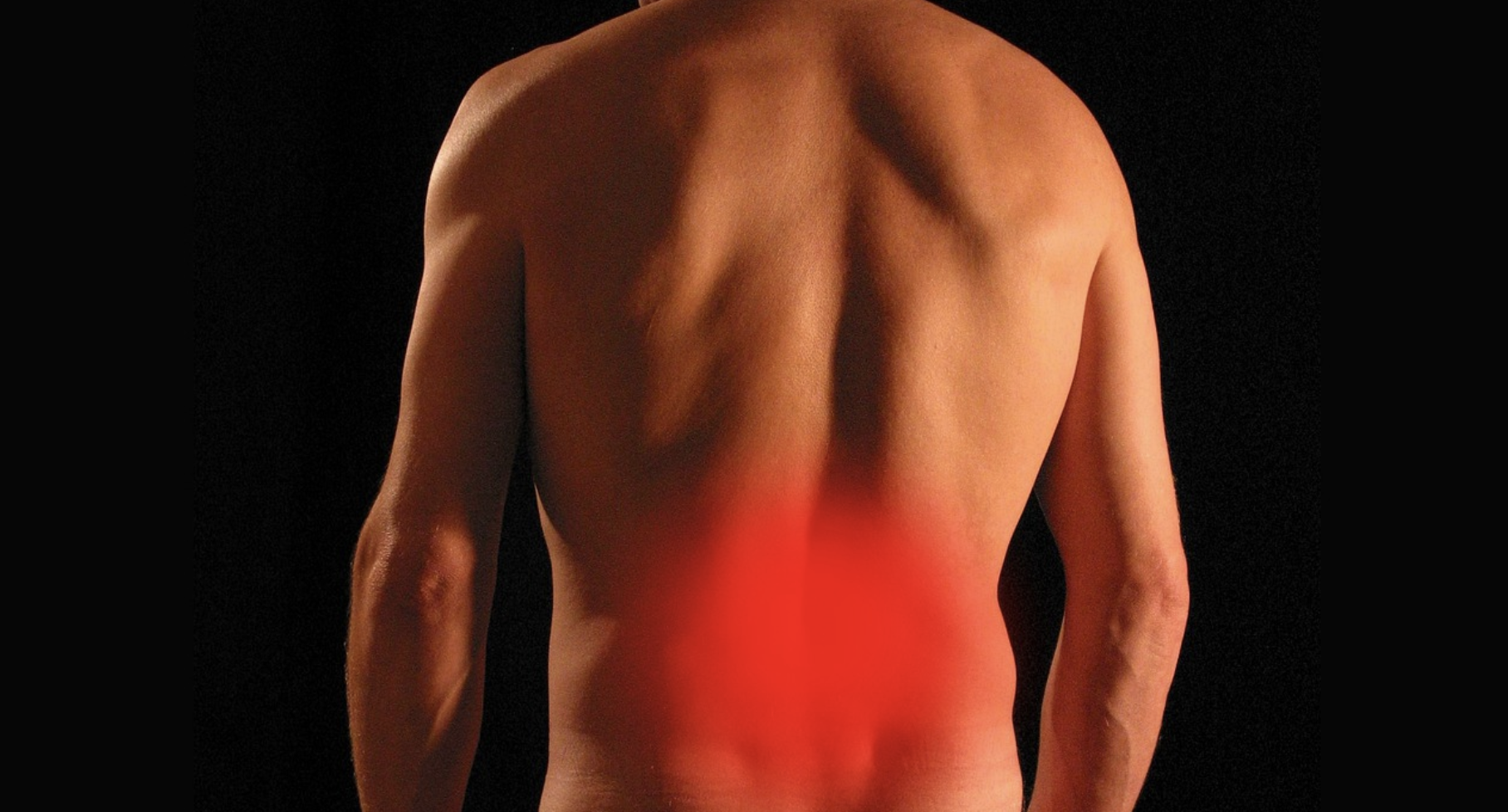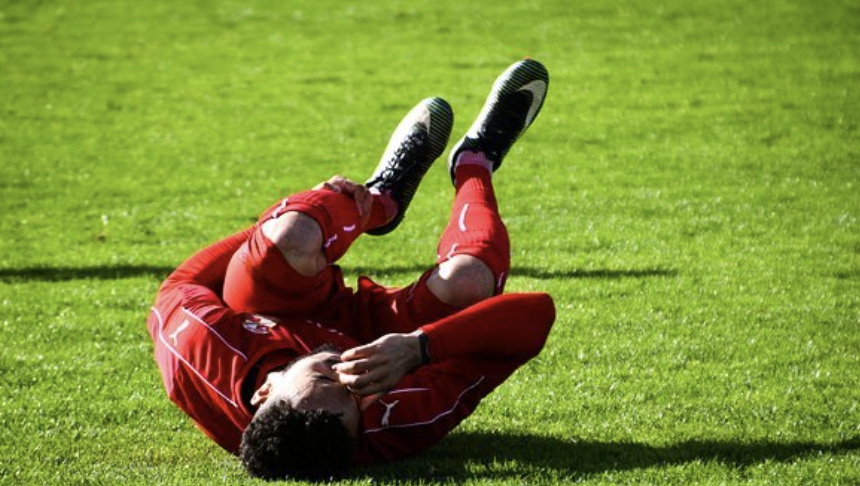Why are female athletes more susceptible to injury?
Studies have shown that female athletes are more susceptible to injuries. Some of the most common injuries that occur in female athletes are ligament ruptures, meniscal injuries, ankle sprains, muscle fibre ruptures 1.
Why is this?2
There is no definite answer. However, research shows that these are some common factors.
- Joint laxity
- Hormones
- Limb alignment
- Ligament size
- Pelvis width
- Amenorrhea (no periods), oligomenorrhea (irregular periods)
What can be done?
Injury prevention is key. This first begins with a thorough bio-mechanical assessment of your body that your physiotherapist will conduct. Every BODY is different. Hence, a detailed history of your lifestyle, training phase, previous injuries, goals will be taken into account.
Once your assessment has been completed, your physiotherapist will design an injury prevention plan for you based on exercises. Studies have shown that a multi-component exercise-based prevention has shown to reduce injury rates in female footballers 3.
If you are a female athlete, contact us for a full bio-mechanical assessment and injury prevention plan.
Total Restore Physiotherapy takes this opportunity to wish all the strong women of UEFA Women’s Euro the very best! Manchester is privileged to host you.
References:
- Junge A, Dvorak J. Injuries in female football players in top-level international tournaments. British journal of sports medicine. 2007 Aug 1;41(suppl 1):i3-7.
- Horan D, Blake C, Hägglund M, Kelly S, Roe M, Delahunt E. Injuries in elite‐level women’s football—a two‐year prospective study in the Irish Women’s National League. Scandinavian Journal of Medicine & Science in Sports. 2022 Jan;32(1):177-90.
- Crossley KM, Patterson BE, Culvenor AG, Bruder AM, Mosler AB, Mentiplay BF. Making football safer for women: a systematic review and meta-analysis of injury prevention programmes in 11 773 female football (soccer) players. British journal of sports medicine. 2020 Sep 1;54(18):1089-98.

